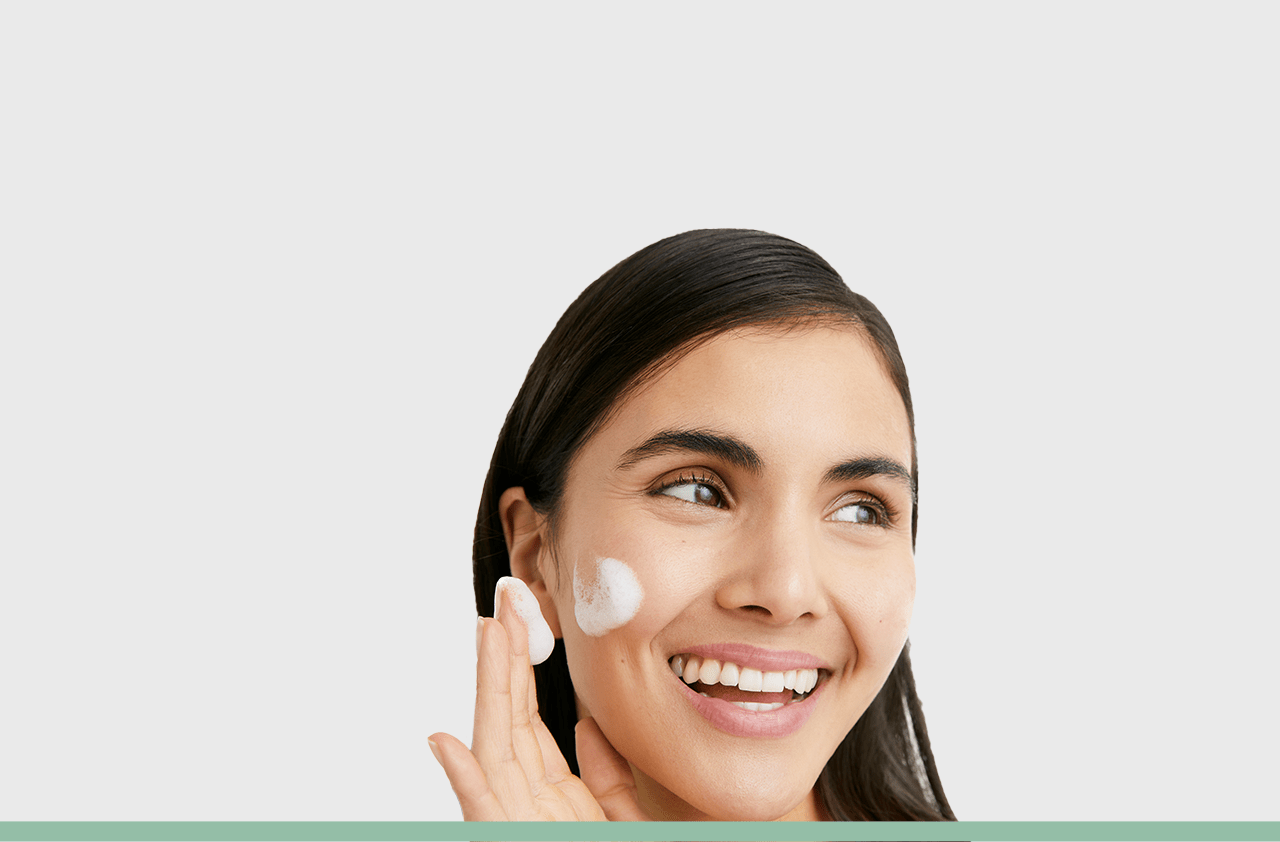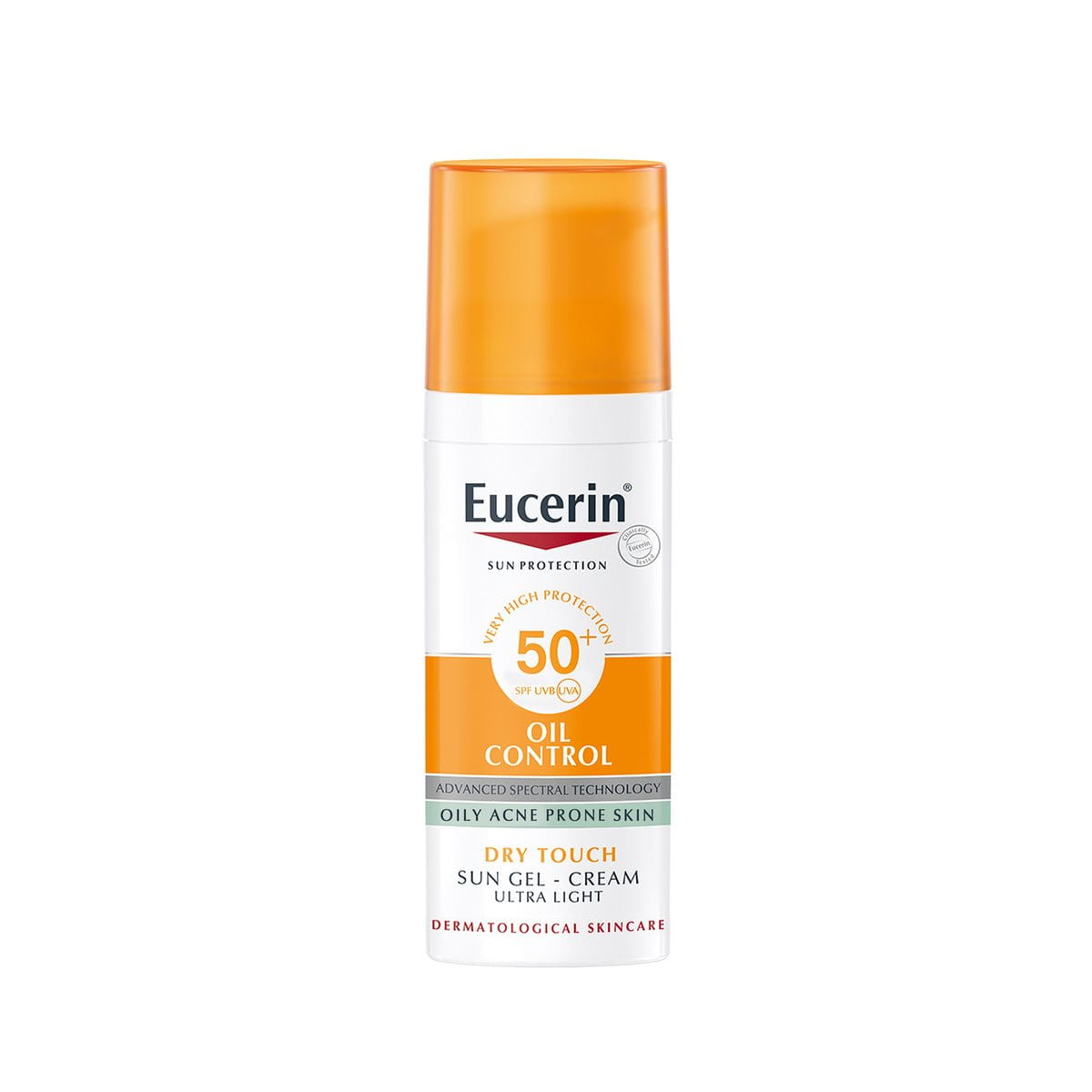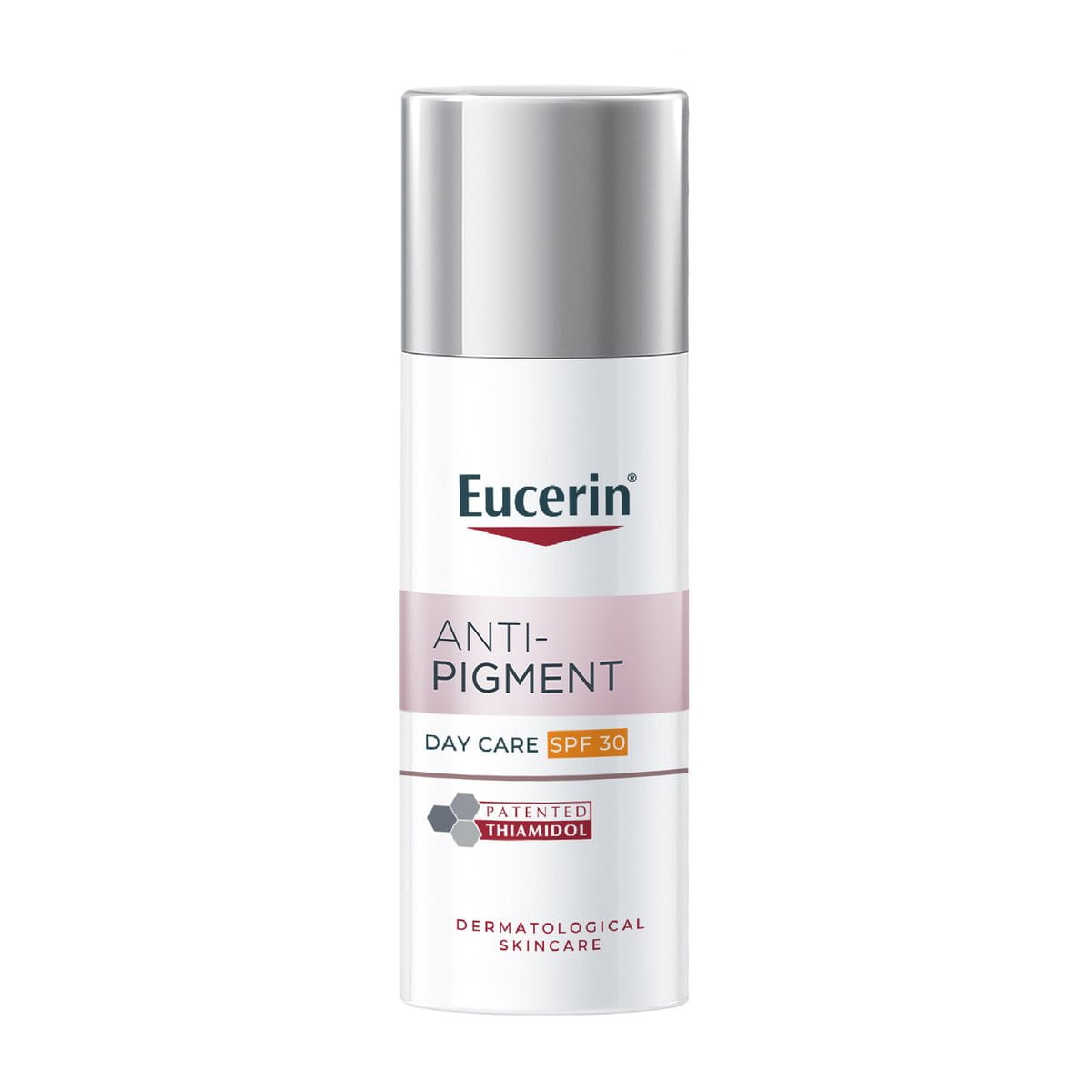Skin exfoliation is understated, but just as important a part of your skincare regimen. Exfoliation helps you remove your dead skin cells from the topmost layer of your skin, restoring its texture, glow, and health. There are many ways you can go about exfoliating your skin and just as many ways you can go wrong with it.
So dive in to know everything about how to exfoliate your skin, exfoliation benefits, and everything you should avoid while trying to renew the top layer of your face.
Keynote
- Exfoliation in skin care helps you remove piled-up dead skin cells that can cause dullness, clogged pores, and uneven skin tone.
- Exfoliation benefits your skin by adding radiance, improving texture, and helping better absorption of serums and creams.
- Both physical(scrubs) and chemical(AHAs/BHAs) exfoliation methods have unique pros and cons for different skin types.
- Gentle, consistent exfoliation is key to maintaining healthy, smooth, and glowing skin.






